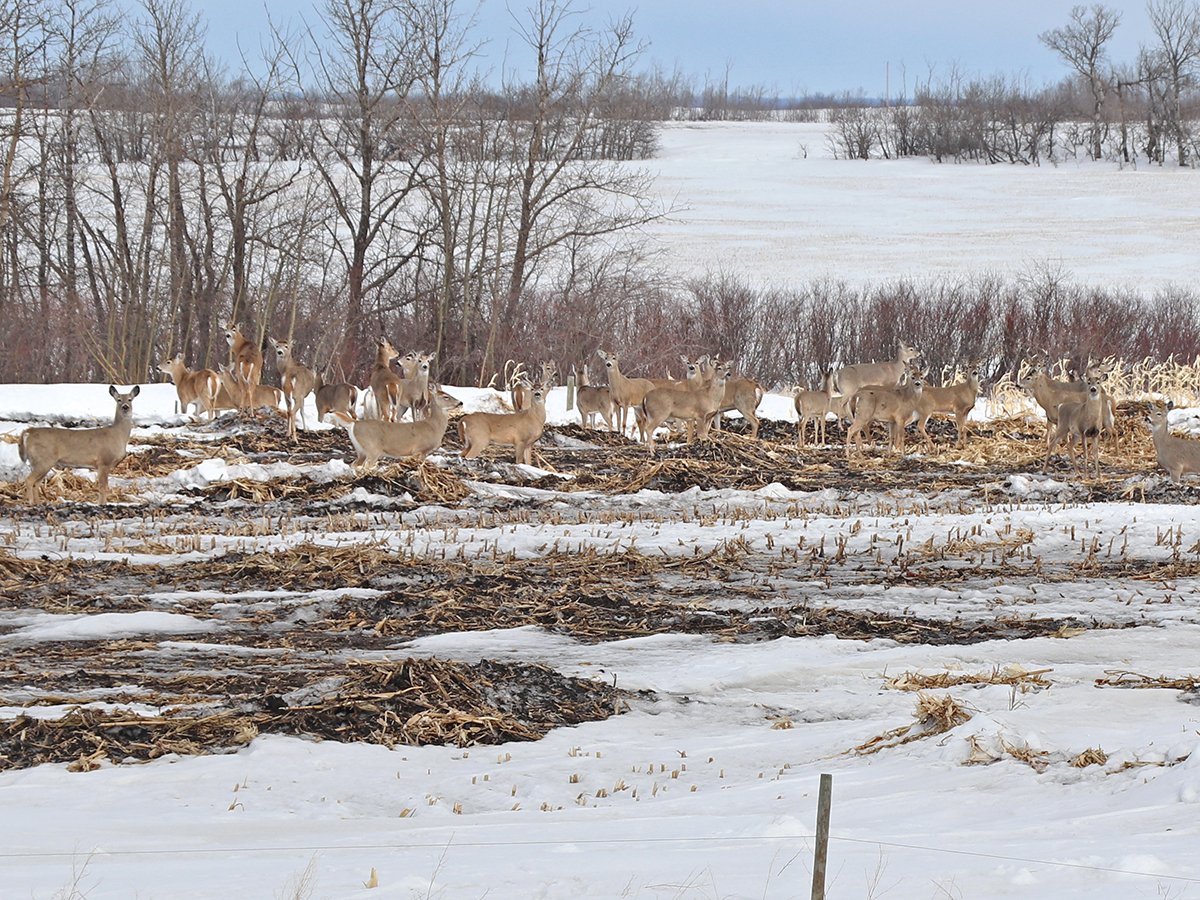Ear tag loss is a problem for cattle producers, and complaints about retention are common.
National traceability requirements demand that lost radio frequency identification tags be replaced on the animal, and producers can be fined if cattle arrive for sale without one.
The issue led the Canadian Cattle Identification Agency to study tag loss. Results of the mature cow portion of the project are now being tabulated, but early data shows a low of 65 percent retention and a high of 100 percent among the 13 herds in the study.
Read Also

Foot-and-mouth disease planning must account for wildlife
Our country’s classification as FMD-free by the World Organization for Animal Health has significant and important implications for accessing foreign markets.
It works out to an average cow tag retention of 89.7 percent, which is lower than retention found in yearlings.
“It’s not a surprise that the mature cow retention is lower than the calf yearling retention,” said Ross MacDonald, the CCIA’s tag retention project manager.
“In general, people accept the fact that tags in young animals are retained fairly well unless there’s some sort of outlying incident or management that’s creating a loss.”
Cows remain longer in the herd, and their management varies across the country, added MacDonald. Keeping cattle in bushy areas or extensive use of bale feeders or stanchions is likely to affect loss rates.
“The vast majority of tag loss appears to be related to the back of the tag starting to break down or something along those lines,” he said. “We haven’t noticed huge numbers of ripped ears or anything like that.”
Data was collected from herds in British Columbia, Alberta, Saskatchewan, Manitoba and Ontario.
Seven types of RFID button tags were tested, varying by manufacturer and design. They were bought at a variety of tag retailers to ensure similarity to those commonly used by producers.
As well, the tags were applied using each manufacturer’s directions and applicators.
CCIA vice-chair Mark Elford said the tags were then tested for readability and longevity over a three-year period.
“We did as fair a trial as we could,” said Elford.
“The end goal is to make sure we end up with a better tag.”
Gathering reliable data will allow the CCIA to recommend certain types of tags for best retention.
“That’s been part of the reason behind trying to ensure that we have statistically valid and repeatable results,” said MacDonald.
“If there is a discrepancy in one or two tag types from the others, then we’ll have really solid data behind it. Then it will be up to the steering committee within CCIA to decide what they’re going to do with that information.”
Elford said producers find they have to replace a lot of tags when selling cull cows, which involves expense and time. The potential for fines is also an irritant.
“We shouldn’t have people getting fined because what we’ve got isn’t 100 percent reliable,” said Elford.
MacDonald said the trial was a good idea because it provides information to bolster what previously were only anecdotal complaints about lost tags.
He is now crunching the numbers for a final report, which he plans to submit to the CCIA steering committee in March.
“It’s been an interesting project, and I met a fantastic group of producers across the country,” he said.
The final report is expected to be posted online at www.canadaid.ca.
barb.glen@producer.com















